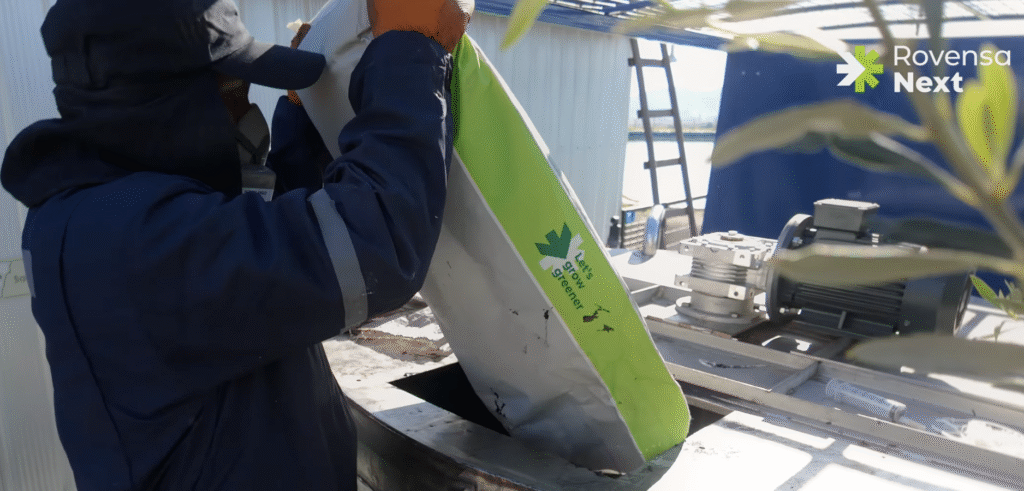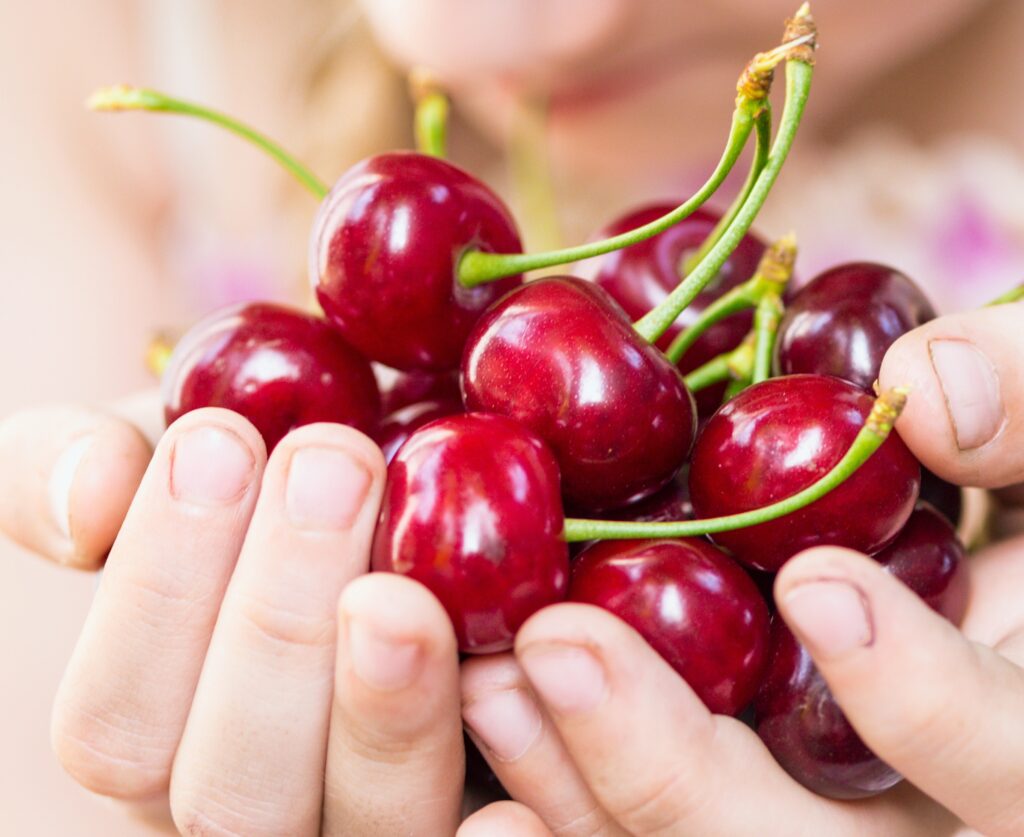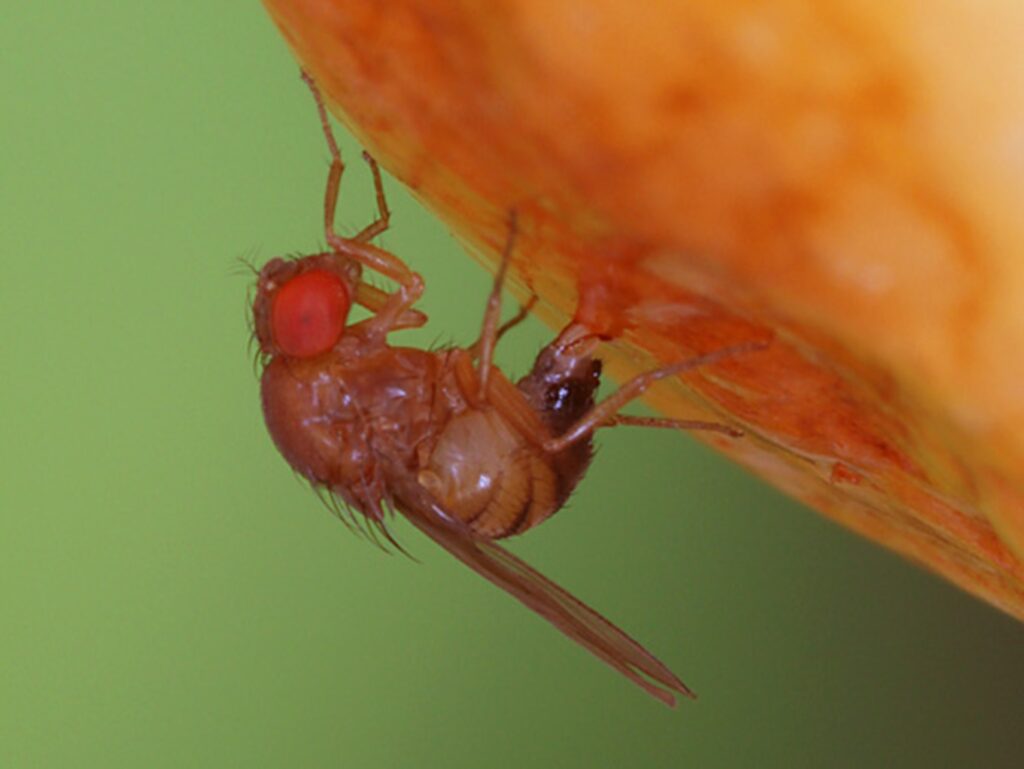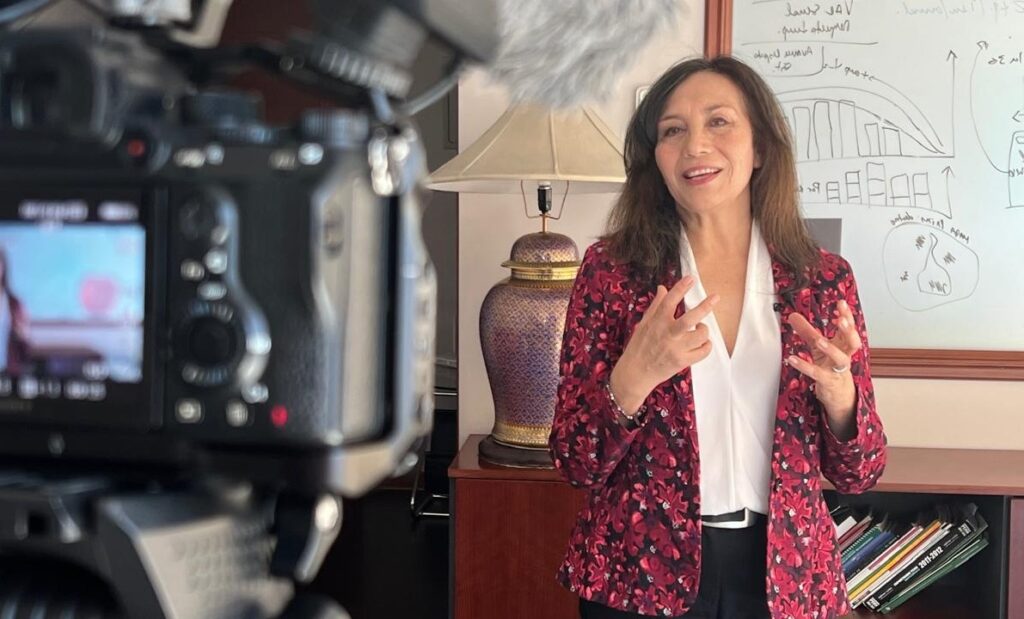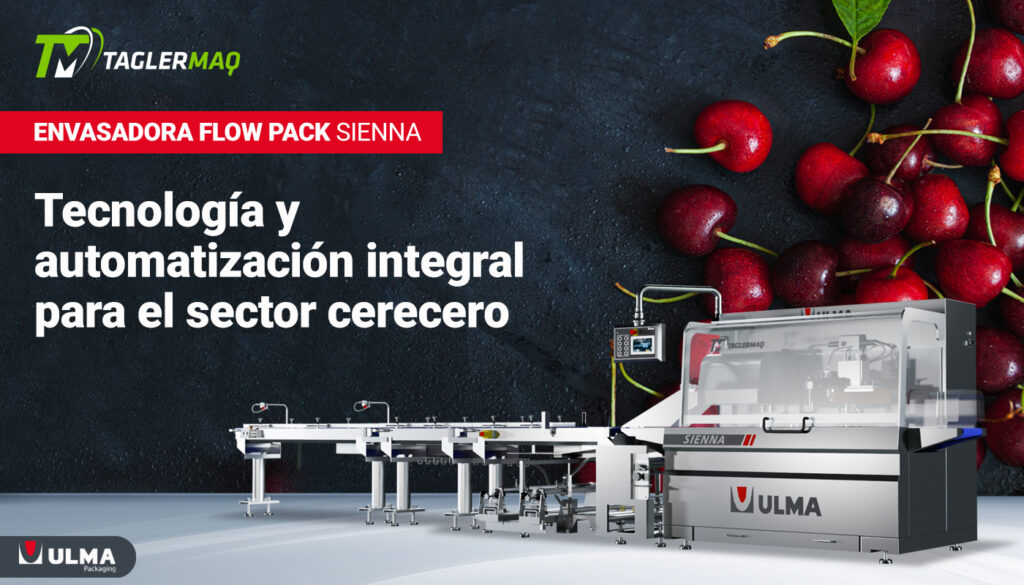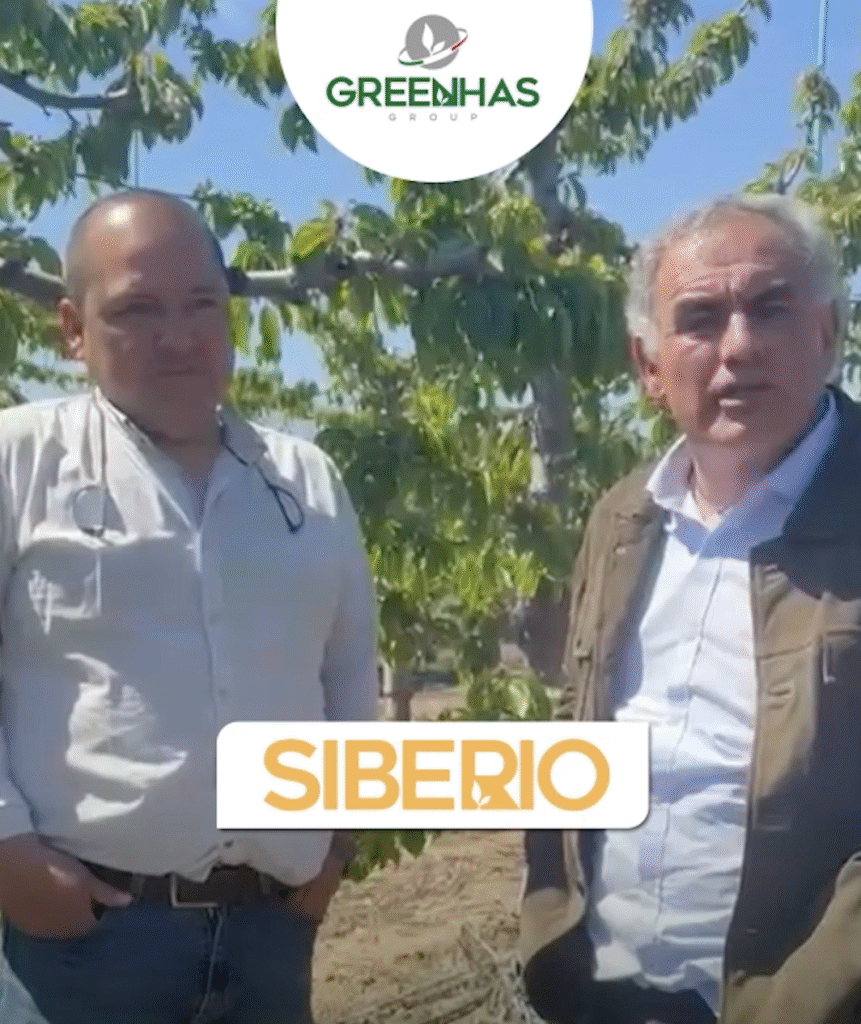All the work carried out during a season in the orchard ends with the harvest. Subsequently, determining the quality of the product obtained is key to knowing if the fruit required by consumers is available, in addition to providing guidelines to be able to organize the fruit process.
In the processing plants, prior to hydrocooling, the fruit is received by the quality control team, who obtain a sample as representative as possible of the batch, which is subjected to an exhaustive evaluation.
Fruit sampling aims to determine the quality and condition of the fruit, information used to manage processes, provide information on parameters to the producer and in many cases to be able to segregate the raw material and define how and where to pack it.
The vast majority of exporters send 100% of their cherry exports to the Chinese market, so they work with different labels and formats. Fruit segregated as Premium goes on the exporter's "TOP" label and is generally also packed in smaller formats, understanding that this fruit will opt for the highest sales prices; therefore, when segregating a batch, mistakes cannot be made.
The representativeness of the information always depends on carrying out a good sampling, which not only involves the quantity of fruit to be analysed but also the way in which the sampling is carried out. As a general rule, the more fruit and from the greatest number of bins, the better. This allows us to cover the great diversity, thus obtaining the most representative fruit. But this objective must be balanced with fast work and, until a few years ago, with manual 100% receptions to characterise all the parameters, we were forced to take samples of between 100 and 200 fruits at most.
How was a sample evaluated?
For sizing, the entire sample was passed fruit by fruit through calibrating rings and separated into different sizing levels. With color, something similar was done by comparing the color of the fruit with color tablets. Both systems, being manual, were slow and tedious. In addition, in color, the subjectivity caused by the light in the environment can influence visual perception, which made the evaluation inaccurate.
For firmness and soluble solids, a subsample was taken from the previous sample; for firmness, 15 to 20 fruits of the majority colors were chosen, evaluating with Durofel. The way in which these measurements were carried out presents 2 drawbacks: first, the sample is very small for such an important parameter, and second, the system has the risk that if the evaluator is not experienced, the measurement can be altered.
In the case of sugar content, a sample of 5 to 10 fruits is also taken by color, measuring individually or as a group. In general, our fruit has a Brix of over 16, even in red colors, but in years with low levels, this form of sampling may be insufficient.
Finally, to classify defects, an evaluator visually inspects the fruit, separating the different damages present.
Currently, given the large volumes of fruit received every day, the industry, together with universities, research institutions and international companies, has been developing cutting-edge technologies that allow fruit analysis, increasing sample sizes and reducing subjectivity at the time of evaluation.
What do we have today?
Although some companies continue to use the system described above, part of the industry has already integrated other tools for analysis.
One of these developed tools is the “CHERRY ROLLER TRACKER (PT&I CHILE)” equipment, through which this quality evaluation service upon reception classifies: color, caliber and firmness.
Cherry Roller Tracker (Figure 1) is part of the second generation of machines from PT&I, designed to characterize the ripeness of cherries upon receipt at packing plants. The machine consists of a work module with a roller track (Figure 2), which contains non-destructive sensors to quantify the parameters of firmness (Figure 3), color and size fruit by fruit “1 to 1” allowing each of these to be associated with the commercial purposes of the companies. In this way it is possible to establish which color the soft fruit is or which size has a higher proportion of soft fruit, optimizing the segregation of cherry batches.
The information is managed by software so that it is available to users in different digital formats and in the shortest possible time. The machine consists of a stainless steel (AISI 304) working body, an impact sensor for firmness analysis, NIR and 3.0 color cameras for color-calibre determination. The data processing can be viewed on a monitor integrated into the machine.
The main requirements for its installation are to have a flat surface (tile or pavement) and protected from sunlight and wet areas.
This equipment can process large volumes of fruit, since the feed is similar to a processing line, and it delivers color and size information based on the percentage of fruit at each pre-established level (Color Chart of the Catholic University). For firmness, the information is delivered in the same way, giving the proportion by firmness ranges, assigned as soft, sensitive, firm and very firm, also having an equivalence, allowing these measurements to be presented as an average in Durofel units.
Figure 1: Cherry Roller Tracker Equipment
Figure 2: Cherry Roller Tracker working module with a roller track
Figure 3: Non-destructive sensor for determining firmness individually
Another technology already present in our cherry packing plants is the FirmPro ® equipment (Figure 4). This is a technology for measuring firmness, size and color for cherries and also used in blueberries, grapes and any other small fruit, manufactured in Chile by the company HappyVolt.
Its precision allows it to be used for research within universities and its speed allows it to be used in the agricultural industry by exporters (in fruit reception) and by producers (for decision making).
Captures high-resolution images and processes them to calculate the average color of each individual fruit. In addition, each image is stored as a “digital counter sample.”
FirmPro® was designed with a complete solution in mind, including everything necessary to use the equipment from the moment it is received, freeing the user from unnecessary technical complications. The data output is in an Excel spreadsheet, but it can also be connected to other pre-existing computer systems of the client.
To use the equipment, the fruit is placed on a plate (Figure 5) and a sensor moves sequentially along the plate, pressing each fruit; in this way, it measures firmness and size. At the end, a photograph is captured to classify color. The data is delivered as a proportion by color levels and the firmness is delivered on average as g/mm and the proportion between soft, sensitive, firm and very firm fruits can also be used. Currently, it is used by placing at least 100 fruits per batch to measure the 3 parameters.
Figure 4: FirmPro® Equipment
Figure 5: Plate used to place individual fruits
To measure sugar content, we usually use digital and/or optical refractometers and we continue to work with subsamples of 10 to 15 fruits per color. There have also been proposals for analysis with non-destructive equipment using NIR (Near Infra Red) technology, but these are not yet used commercially.
For the classification and detection of defects in fruit as well as in selection lines, the idea is to work with digital image processing.
For several seasons now, Clarifruit has introduced in Chile, initially for citrus and table grapes, the development of a platform for quality control and automatic data analysis. This tool consists of a software that has a mobile application in which photographs of the fruit are taken with the camera of a state-of-the-art cell phone and analyzed by an algorithm using learning methods based on artificial intelligence techniques. The algorithm is responsible for comparing all measurements with the previously inspected and registered samples that are in a database. Using this technology, data such as size, color and, soon, defects can be measured. Information on soluble solids, acidity and firmness (measured with traditional methods and stored in a database) can be integrated or exported wirelessly to this platform.
Figures 6 and 7: Digital processing of photographic images of Clarifruit
Considering the growing volume of cherries and the short season, we must promote the development of technologies that increase productivity and facilitate the inspection of the fruit at different stages of the supply chain and that allow us to generate objective and accurate information that helps us make better decisions at the level of segregation, post-harvest management and commercial management. In this way, we will be able to offer a homogeneous and consistent product over time, while reducing losses due to quality problems.



